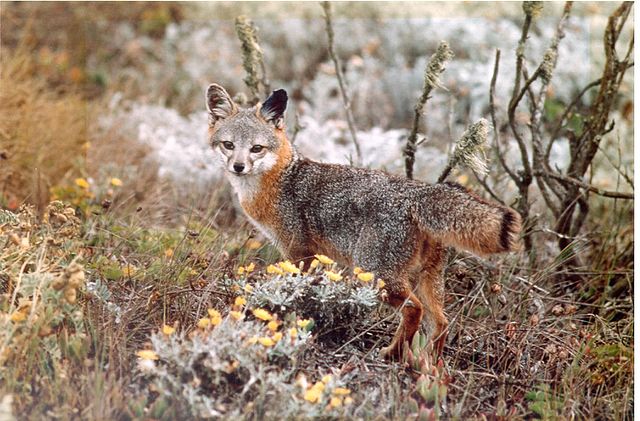
In 1969, an oil well blew out off the Southern California coast. Its gooey spill killed seabirds, dolphins, and seals, and covered beaches with black tar. A year later, that disaster helped lead to the creation of Earth Day.
Part of that spill washed up on several islands in the Santa Barbara Channel. Among their residents: the housecat-sized Island foxes who had lived there for as long as 13,000 years, alongside early humans.
The oil spill didn’t have much effect on the foxes. Yet later on, starting in the late 1980s, their numbers started plummeting. On the largest island, a mere 70 foxes were left; on a smaller one, just 15. And no one knew why. “Biologists caught foxes, counted foxes, tested foxes. Distemper? Heartworm? Some kind of tick issue? No.”
Researchers raced to try to learn what was going on, before the foxes disappeared entirely. And what they found reads like a detective story.
Their story – at least so far – has a happy Earth Day ending, with the foxes once again thriving! Here’s how that happened …
Note: to read the second article above, it’s necessary to register (for free) with National Geographic and The Walt Disney Family of Companies.
